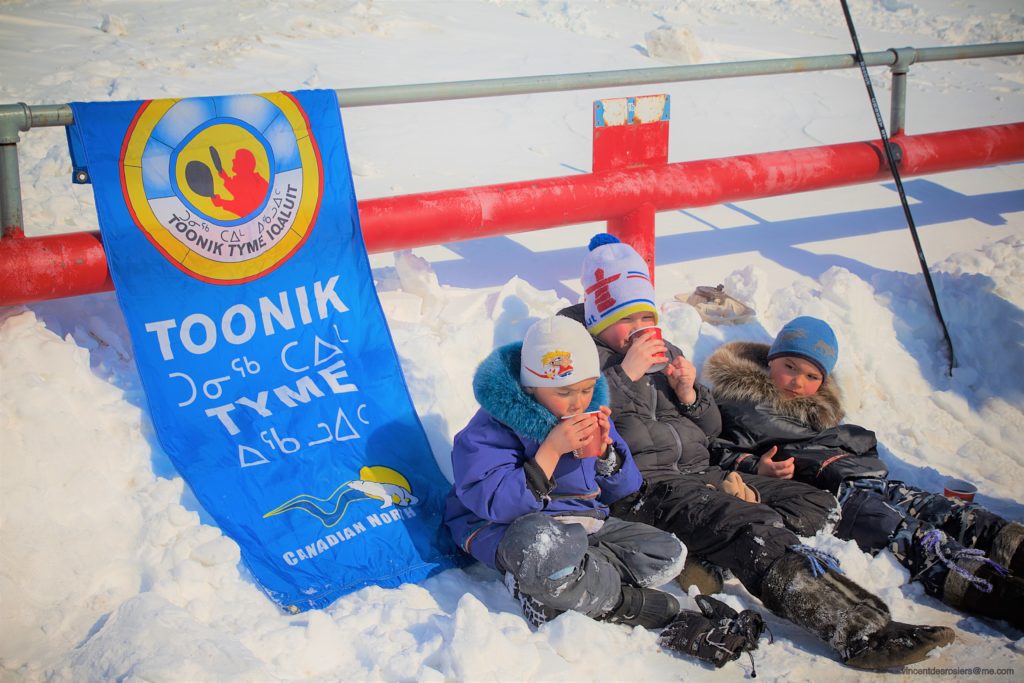Did you know that the city of Iqaluit was a product of World War II? Do you know the Inuit figures vital to the founding of Iqaluit?
There is a fascinating story behind how a search for an airplane runway during a war would become Canada’s newest capital.
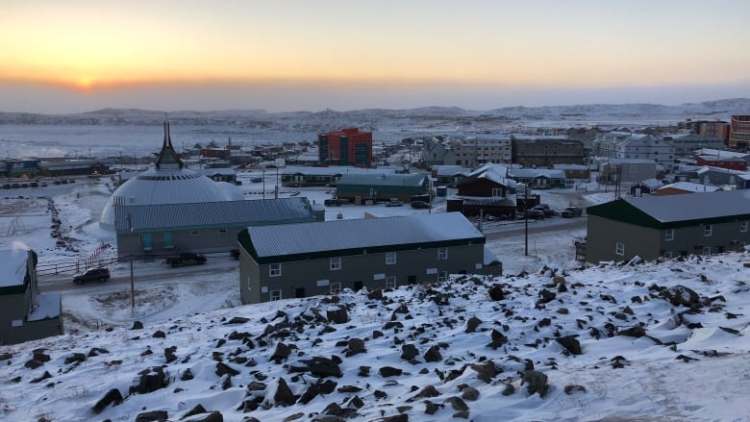
(cbc.ca)
Timeline
- 1576 – English explorer, Martin Frobisher sails into what is now Frobisher Bay. He names it is Frobisher Straits believing it is the route to Asia.
- 1861 – American explorer, Charles Francis Hall on a rescue operation of Sir Franklin, camps at what is now Sylvia Grinnell River and names the inlet, Koojesse Inlet, for his Inuit guide.
- 1942 – U.S. Army Air Forces selects this location for a refuel and resupply base. They rely on their local guide Nakasuk, who becomes the first permanent residence of Iqaluit.
- 1949 – The Hudson Bay Company moves its trading post from Ward Inlet to the nearby Apex community, where it still stands today.
- 1955 – The U.S. / Canada construct a DEW Line radar base during the Cold War. This creates services for residences, which leads to a period of growth.
- 1974 – The Settlement of Frobisher Bay gains the official size requirement to be recognized as Village.
- 1976 – Inuit propose a separate Nunavut Territory to the Federal government, to provide Inuit representation.
- 1982 – Frobisher Bay is designated a Town.
- 1982 – Government of Canada agrees to the creation of a Nunavut Territory and begins negotiations.
- 1987 – Frobisher Bay is officially renamed Iqaluit, for its original Inuktitut word for “place of many fish.” Though Inuit always called it by this name.
- 1993 – The Nunavut Land Claims Agreement is signed in Iqaluit recognizing Inuit right to the land.
- 1995 – Iqaluit is selected to be the capital of the new territory.
- 1999 – April 1st, The Territory of Nunavut is established.
- 2001 – Iqaluit reaches City status.
- 2002 – Queen Elizabeth visits Iqaluit.
- 2002 – Iqaluit co-hosts the Arctic Winter Games, along with Nuuk, Greenland.
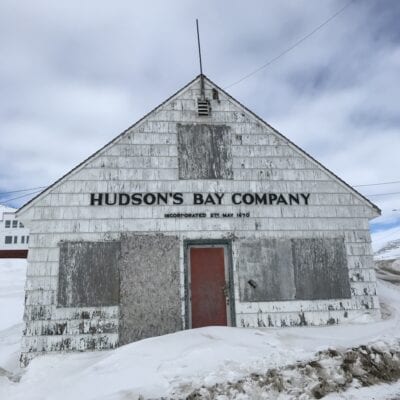
The Story Behind It All
Early History
The Inuit have been living in the area of Iqaluit for centuries, following nomadic lives based on wildlife patterns. Often making summer fishing camps around rivers like the Sylvia Grinnell River due to the Arctic char and other fish runs each year.
On nearby Qaummaarviit Island, you can find several archaeological sites from the ancestors of the modern-day Inuit, the Thule civilization. The Thule people made many technological advances and have left many artifacts that date back into history.
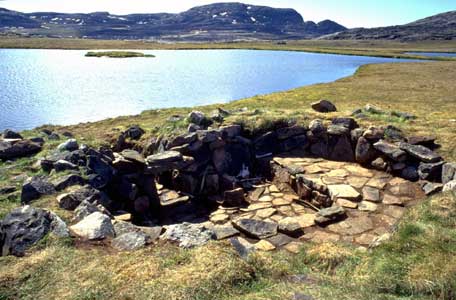
(uwaterloo.ca)
When English explorer Martin Frobisher sailed into the area he mistakenly named it Frobisher Strait, believing it was the westward route to Asia, though it’s only a long bay.
In 1861, Charles Francis Hall arrived in search of the lost Franklin Expedition. He learned from a local hunter, Koojesse, that this wasn’t the route through Northwest Passage, and so hired him as his guide and geographer. He would pay tribute to his guide by naming the inlet that Iqaluit rests on, Koojesse Inlet.

(civilizations.ca)
World War II & More
Did you know that the permanent settlement of Iqaluit is a product of World War II? Have you ever heard of the first permanent resident Nakasuk and his family? I’m sure you’ve heard of President Roosevelt, but how about his son, Cpt. Elliot Roosevelt?
In 1940 the British Commonwealth found itself alone against Nazi Germany, but in part to a special relationship between Roosevelt and Churchill, the U.S. was keen on finding ways to support the Allies. So the President’s son and a group of servicemen went on a mission to establish locations for airport landing strips for planes refueling on their way to Europe.

(greetingvietnam.com)
They built a base on Crowell Island near the head of Frobisher Bay and spent the winter of 1941 scouting the area. Major Crowell, who was in charge of constructing the airstrip built a close friendship with an Inuit hunter, Nakasuk, the leader of a small group who had camped on the island over winter.
The admiration for Nakasuk was evident from all the servicemen. LCO Forbes said he was a “guide, philosopher, and friend, factotum and counselor soon after his arrival.” When Crowell Island was determined not to be suitable, Nakasuk was invited to join them and helped navigate them into Koojesse Inlet where they found the perfect location for the airstrip.
Nakasuk would remain at the site to assist the Americans in establishing their base and would settle there permanently. This would make him the first permanent resident and recognized as the founder of the city.
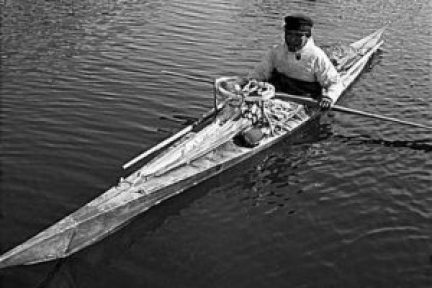
Soon the threat came from Russia and the possibility of an invasion through the Arctic was even more likely. The U.S. developed a line of radar bases meant to detect incoming crafts.
These bases required more servicemen to operate them, but also local labourers and other jobs that brought Inuit to settle here, which would require more services for their families. Soon doctors were coming to the community and other public services from the Canadian government.
The U.S. would leave Iqaluit in 1963 when long-range missile technologies made the DEW Line and bases less important.
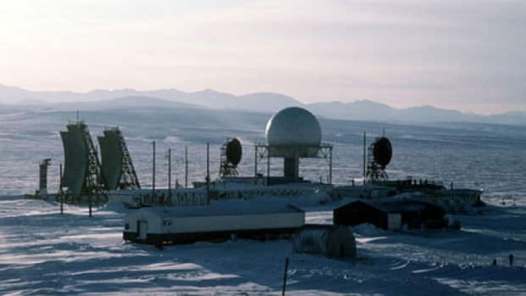
(cbc.ca)
The community of Iqaluit would remain. In 1964, the first local elections would take place for a community council, and then their first mayor in 1979. Then in 1987, they changed the name from “Frobisher Bay” to “Iqaluit,” aligning to the name the Inuit had always used.
When a territory-wide referendum was held to select the capital of the soon-to-be territory of Nunavut, Iqaluit would be chosen over Rankin Inlet.
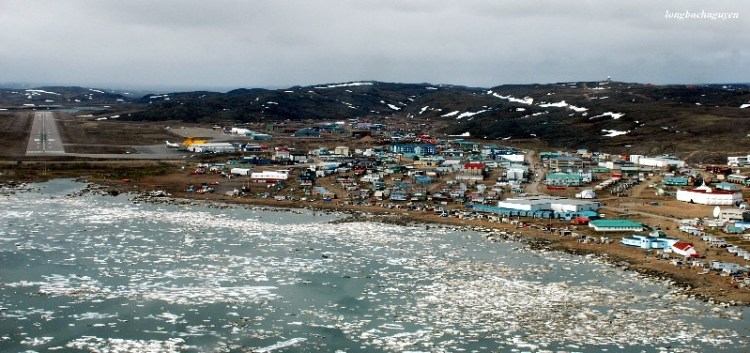
(flickr.com)
Iqaluit remains a remarkable community and a top polar destination. The amazing people and colourfully painted homes make it a great place to live and visit. And the runway still stands, with an airport that welcomes flights daily from the international airport in Ottawa.
The value of the Iqaluit airport continues to play a part in the growth of the city. It became a layover stop for Pan-Am flights, which led to the building of The Discovery, the only boutique hotel in Iqaluit, to house crews who needed to rest. And still, the runway is so long that it is one of the designated emergency landing runways for NASA space shuttles.
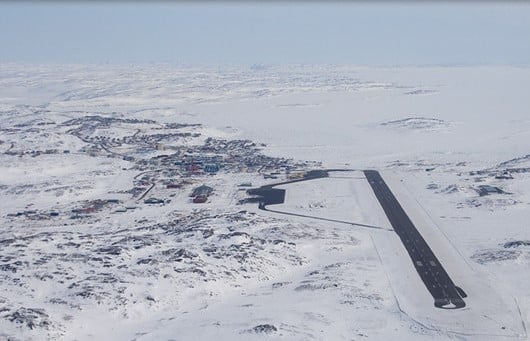
(flickr.com)
It might have seemed impossible for Koojesse to believe that an inlet named after him would become vital to a world war. Without the help of Nakasuk, the location that would become Iqaluit might still remain a summer fishing camp. What’s for sure is that this unassuming airport landing strip tells an exciting story of the founding of Canada’s newest capital city.

(cbc.ca)
Experience The Arctic On A Safari
Get chances to view elusive Arctic wildlife and experience the majesty of the Arctic on safaris almost year-round. View all Arctic Safaris here.
Ready for adventure? Contact our Arctic Travel Advisors to book.
Are you still curious about the many wonders of the Arctic or looking for more interesting content then explore more blogs here!
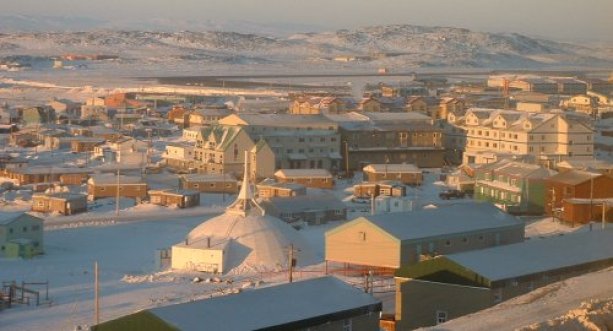
(skyscrapercity.com)
By: Mat Whitelaw



